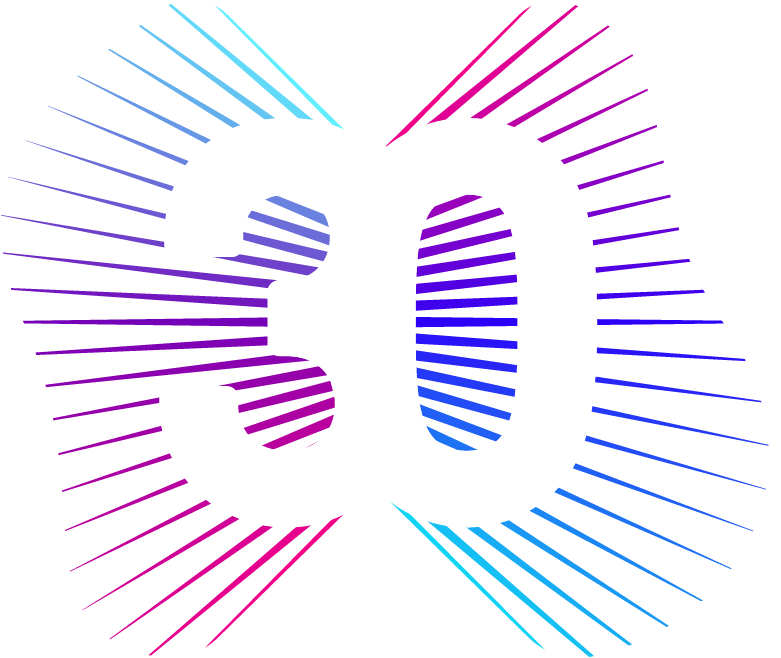DataHaven prides itself in empowering people to create thriving communities by collecting and ensuring access to data on well-being, equity, and quality of life. The classroom is a fundamental and formative space where understanding of social justice, human rights, equity, and community well-being is fostered. Educators serve a pivotal role in empowering and informing youth, encouraging their voices and giving them the proper tools to enact change in their communities.
From time to time, DataHaven has released a series of classroom materials designed by educators for educators. Through classroom experiences and the learning process, students can understand and change their world in ways that benefit themselves and their communities.
Contents
In addition to these easy-to-use materials, we encourage you to use the other reports and data on the DataHaven website in your classroom activities. DataHaven resources are widely used by teachers in K-12 schools, colleges, and graduate program across Connecticut. Please contact us for suggestions!
DataHaven 2023 Classroom Materials
Authored By: Sarah Wiederecht, with support from Dylan Bober, Victor Cazabal, and Emilie Waters. Sarah Wiederecht is a social studies teacher in Manchester, Connecticut.
The 2023 Classroom Materials and Resources have eight overarching themes (community wellness, democracy, education, gender equality, health, immigration, intersectionality, and race). They are organized into packets to make them easier to distribute and use. Each packet is approximately 10-15 pages, and may contain readings for different grade levels (described as Levels I, II, and/or III), as well as suggested classroom exercises and activities. Materials in the packets are drawn from DataHaven's 2023 Community Wellbeing Index and other reports.
We encourage your feedback and suggestions. Please see below for more information.
DataHaven 2020 Classroom Materials
Authored By: Sarah Wiederecht, Chloe Shawah, and John Park. Sarah Wiederecht is a social studies teacher in Manchester, Connecticut.
These materials utilize DataHaven's work, especially the Community Index publications, and focus on four overarching themes:
Gender
| Document | Description |
|---|---|
| This can be used to gauge students' initial understanding, create discussion, and introduce the topic of gender. | |
| This provides an idea of where students stand with their understanding of gender roles. It can be used to further explain what needs to be revisited. | |
| This can be used to gauge students' initial understanding, create discussion, and introduce the topic of gender roles. | |
| By looking at Community Wellbeing Survey data, students practice how to read data and consider the real life implications of the data. | |
| This assignment asks students to define key words in an excerpt from Count Her In (2019) and fosters deeper understanding of gender based disparities in education. | |
| This provides background on the wage gap, specific to Connecticut. It can be followed up with the data collection assignment. | |
| These stations involve passages on the gender wage gap as well as data figures. | |
| To investigate the gender wage gap in their own communities, students practice real life data collection and interpretation. | |
| This is a reflection concluding the classwork series on the gender wage gap. |
Race
| Document | Description |
|---|---|
| This can be used to gauge students' initial understanding, create discussion, and introduce the topic of race. | |
| This provides an idea of where students stand with their understanding of race. It can be used to further explain what needs to be revisited. | |
| This can be used to gauge students' initial understanding, create discussion, and introduce the topic of racial stereotypes. | |
| Students read a passage introducing the history and effects of redlning and answer thought questions. | |
| The above assignment is broken into separate stations. | |
| Using what they learned about redlining, students propose and create a PSA (rubric included). | |
| Students read a background passage, and then are tasked with researching an example of environmental racism on their own. | |
| Students read and analyze data from the 2019 Community Wellbeing Index and answer thought questions. | |
| Students read a background passage on social mobility and answer thought questions. |
Health
| Document | Description |
|---|---|
| This can be used to gauge students' initial understanding, create discussion, and introduce the topic of healthcare. | |
| This provides an idea of where students stand with their understanding of healthcare. It can be used to further explain what needs to be revisited. | |
| Students read a background passage on the opioid epidemic, draw a graph based on the data in the reading, and answer thought questions. | |
| This is a longer version of the above assignemnt. It includes specific data points from the Community Wellbeing Index reports. | |
| The opioid crisis assignment is broken into separate stations. | |
| Using what they learned about the opioid crisis, students propose and create a PSA (rubric included). | |
| Students read a passage and answer thought questions about asthma, a persistent component of health inequality in Connecticut. | |
| Students read a passage about healthcare inequalities for LGBTQ+ individuals and draw a graph using the data they read. | |
| This includes excerpts from our Health Equity Report. | |
| “Think Pair Share” activities allow students to learn about a topic, interact with a peer to learn about their chosen topic, and then sharing their two chosen topics to the class. | |
| After defining key words, students read and reflect on an excerpt from our Health Equity Report. |
Civics
| Document | Description |
|---|---|
| This can be used to gauge students' initial understanding, create discussion, and introduce the topic of voting. | |
| Students read a passage and graph on elections and election turnout. | |
| Students read four primary sources and a Pew Research Center article to understand the history and importance of voting. | |
| Students explore the US Census website to learn more about the importance of the Census. | |
| Students read about the five generations since 1925 in Part I. In Part II, a Pew Research Center articles dives deeper into generational divides. | |
| This includes an excerpt from Count Her In (2019). | |
| DataHaven's Connecticut Wellbeing and Equity Data App contains visualizations of a wide variety of data. Students are guided through exploring this app. | |
| Through reading from the 2019 Greater Hartford Community Wellbeing Index and the Hartford Climate Action Plan, students learn about local, contemporary efforts to address climate change. | |
| Students learn about the history of immigration and the current state of New Haven's population. | |
| Students research a cultural organization in New Haven of their own choosing. | |
| This includes an excerpt from the 2019 Community Wellbeing Index and corresponding thought questions. | |
| This assignment introduces students to the data collection and analysis process. They choose a topic of their own to research. | |
| First students read about three key components of civic life. Then, they are tasked with conducting research in their own community. |
Feedback and suggestions
Used one of the above resources? Please leave us feedback through this form.
Questions, comments, concerns? Email us at info [at] ctdatahaven.org with a description of your teaching approach and needs. Many additional resources on the DataHaven website are commonly used in classroom settings and we encourage you to browse or contact us for assistance.




